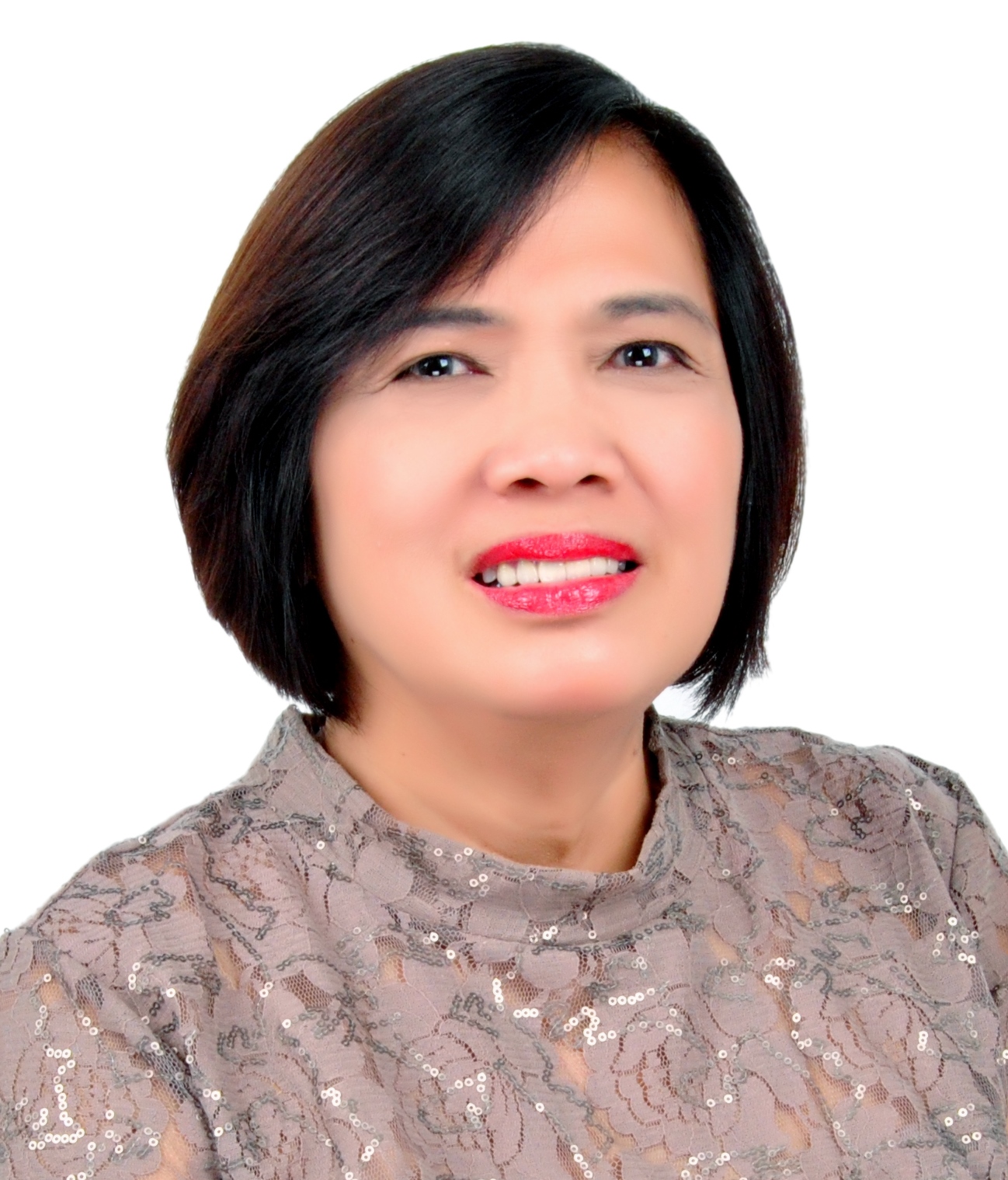A Whole that is Greater than the Sum of its Individual Parts |
|
 |
Like bundled stalks of “padi” or rice plants, the founders of the Association of Southeast Asian Nations (ASEAN) envisioned its member countries being bound together in friendship and solidarity.[1] In the same way, the ASEAN Federation of Endocrine Societies was established 36 years ago “with the goal of strengthening the cooperation and understanding among member scientists of ASEAN countries, to provide better medical care in the field of endocrinology and metabolism in each of the member nations.”[2] “Togetherness,” a common theme for both the ASEAN and the AFES, is not simply a geographic accident, as it means unity among member nations to the former, and common academic and scientific pursuits to the latter. Indeed, every two years since the Federation’s inception, a regional endocrinology conference was held, to provide a viable venue for sharing knowledge, collaborating in research, and creating networks of endocrinology practitioners. The theme for this year’s Conference in Myanmar is “Synergy Among ASEAN,” a phrase that not only captures the aspirations of both the ASEAN and the AFES, but also hints at efforts and outputs beyond mere togetherness. “Synergy” originated from two Greek words: syn (“together”) and ergon (“work”). Its first known use was in the 1650s, referring to “joint work, a working together, cooperation.”[3]-[4] The word’s meaning eventually included “combined activities of a group” in the 1850s; and evolved, to a “sense of advanced effectiveness as a result of cooperation” in the 1960s – this later definition a predecessor of the word’s present connotation of “a whole that is greater than the sum of its individual parts.”[4] When the Philippines’ Endocrine society was accorded the task of reviving the JAFES, the Federation’s official publication, there was both the idealism of ASEAN “togetherness” on one hand, and the concern of country involvement on the other. Truth be told, the challenge of inviting and getting submissions from the other member states seemed unnerving. In all objectivity, that challenge still remains. From 2011 to present, the distribution of published articles, which is supposedly a reflection of the research contribution of each member state to the journal, still shows a wide disparity and irregularity (Figure 1). 
Figure 1. Percentage (%) distribution of articles published in the JAFES 2011-2017. The region, teeming with tremendous potential, is not without its unique areas for research and publication. We echo the statement of Dr. Nguyen Thy Khue, former President of the VADE, in her message during the 2011 AFES, that although “endocrinology research in ASEAN countries is not as advanced as in western countries…prevalence of and risk factors for common diseases have not been well documented.”[5] There are significant gaps in country and regional data on endocrinology that we, as member states, should take on. While the journal continues to aim for providing an impetus for action through translation of country-specific research to public health programs, policies, and clinical practice, the numbers do not seem to agree, as JAFES submissions per year do not go beyond 100 articles nor tend yet to increase significantly (Figure 2). 
Figure 2. Summary of submitted vs published manuscripts and acceptance rates 2011-2017. In the midst of competition with more established and more prestigious international and local journals, the editorial team has recognized that JAFES must exert greater effort to become the “journal of choice” among researchers and clinicians in the region. It is this particular challenge that keeps the team focused, continuously improving its operations by attending conferences for medical editors, benchmarking, improving the journal’s online presence, and incorporating international best practices (Open Access, ICMJE, COPE, CrossRef, Similarity Check, ORCID, Creative Commons).[6] That JAFES was finally able to achieve Scopus indexing in 2016 meant that all of these efforts are starting to pay off. The JAFES remains faithful to its goal of advancing endocrine research and practice in the region,[7] and it can accomplish this with the full support of, and participation by, the member states. We hope to renew everyone’s commitment to unity and collaboration, for JAFES to be a true embodiment of synergism, of a whole that is greater than the sum of its individual parts, a strong bundle of “padi.” References: [1] ASEAN Emblem. Retrieved from http://asean.org/asean/about-asean/asean-emblem/. [2] Synergy. Retrieved from https://www.merriam-webster.com/dictionary/synergy. [3] Synergy. Retrieved from http://www.etymonline.com/word/synergy. [4] Paz-Pacheco E, Mirasol R. ASEAN Federation of Endocrine Societies (AFES): 1981-2011 Renewing our commitment to the ASEAN region after 30 Years. J ASEAN Fed Endocr Soc. 2011; 26(1): 12-6. DOI. [5] Thy Khue N. Greetings from AFES. J ASEAN Fed Endocr Soc.2014;26(2):96. DOI. [6] Paz-Pacheco E. Full Circle. J ASEAN Fed Endocr Soc.2015;30(2):91-2. DOI. [7] Paz-Pacheco E. JAFES: Advancing endocrine research in the ASEAN region. J ASEAN Fed Endocr Soc. 2011;26(1):5-6. DOI. |
|
Elizabeth Paz-Pacheco |
|
Editor-in-Chief |